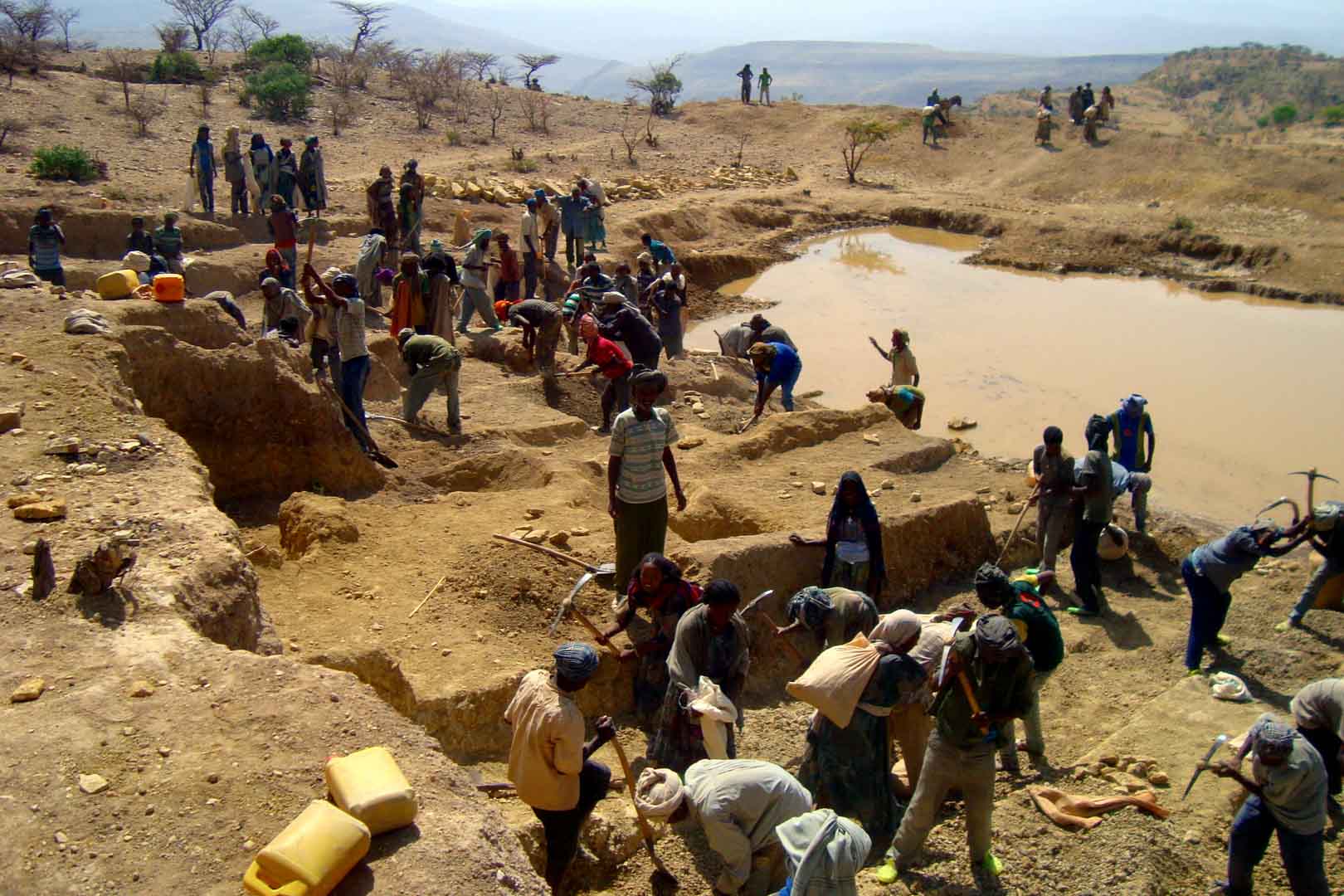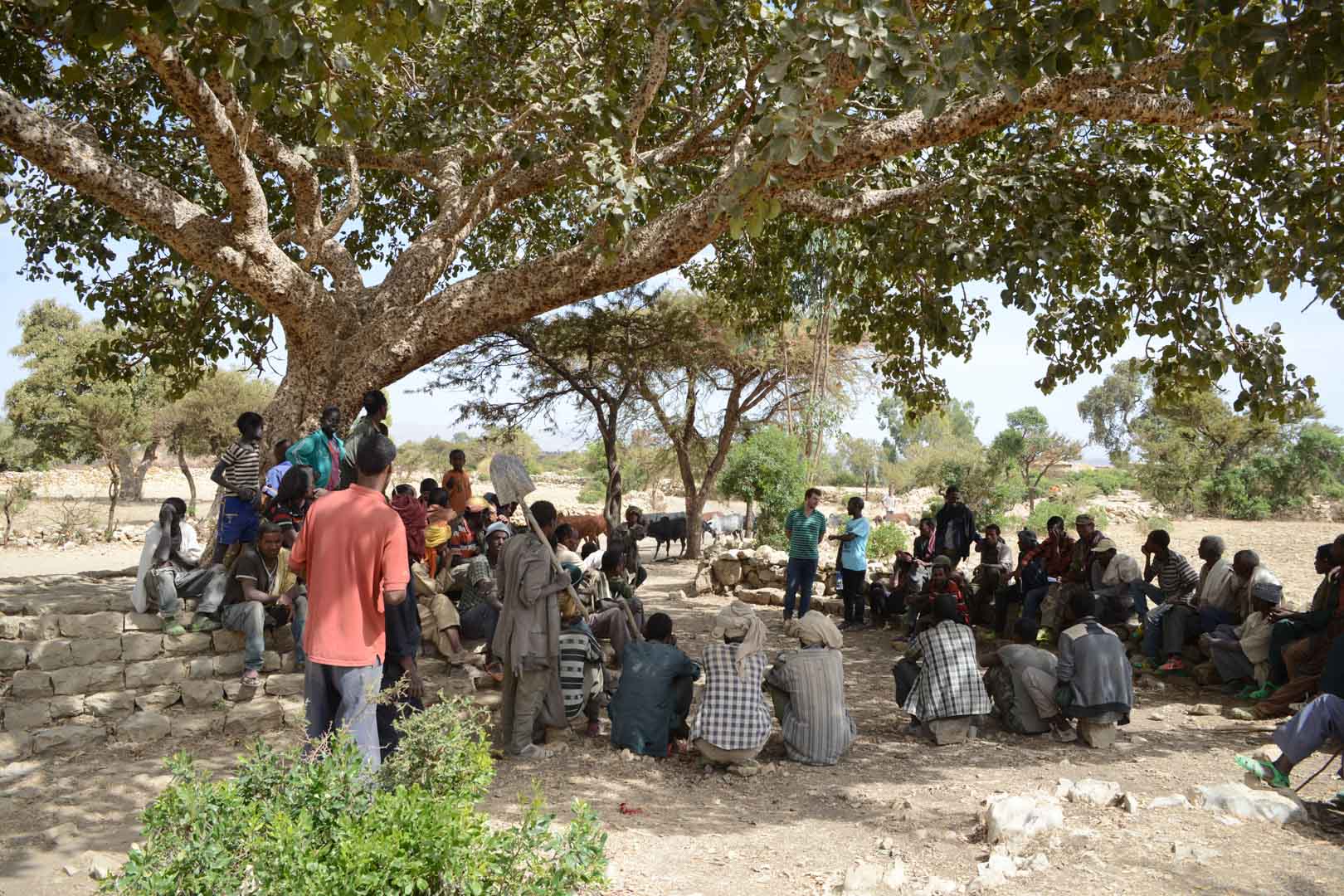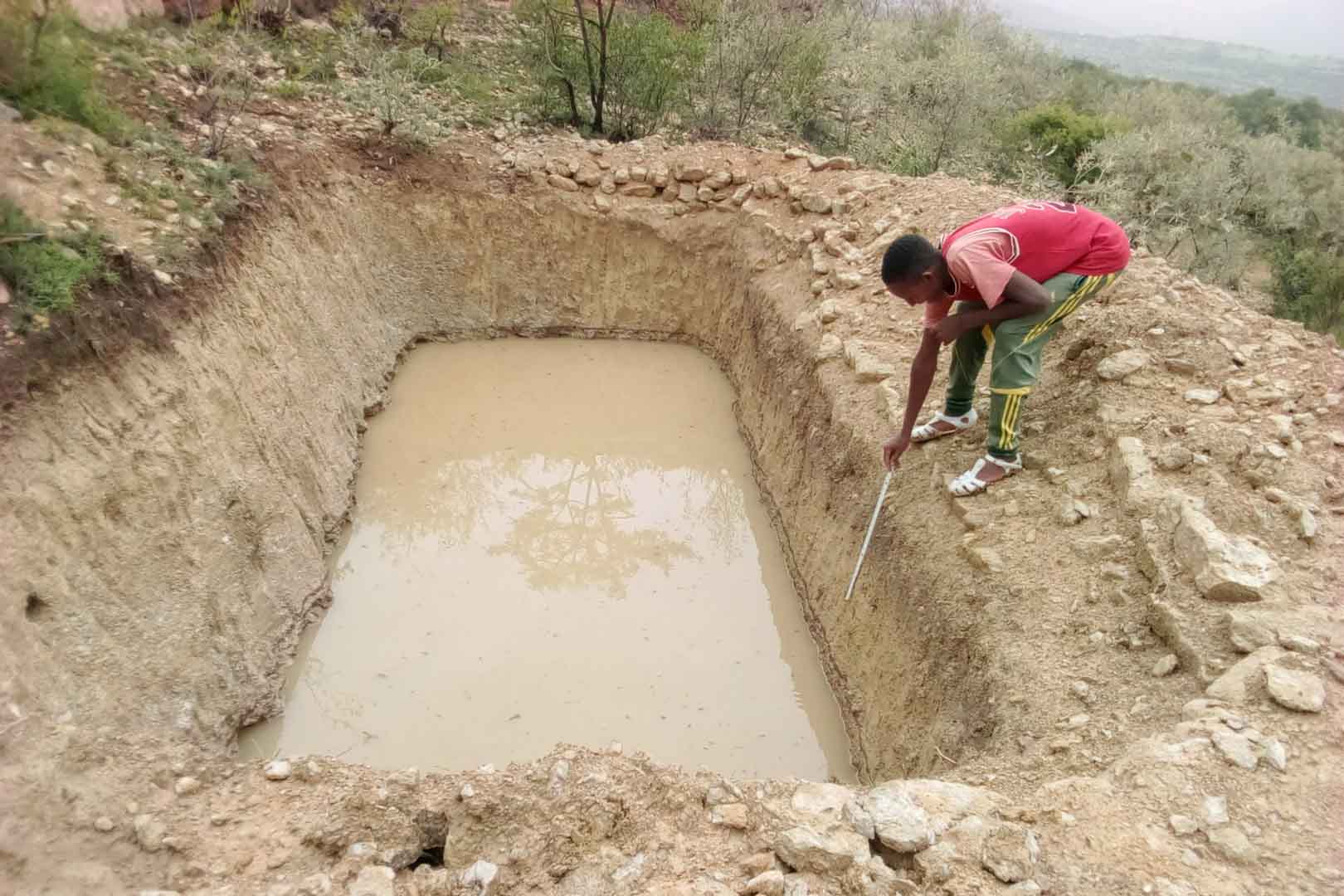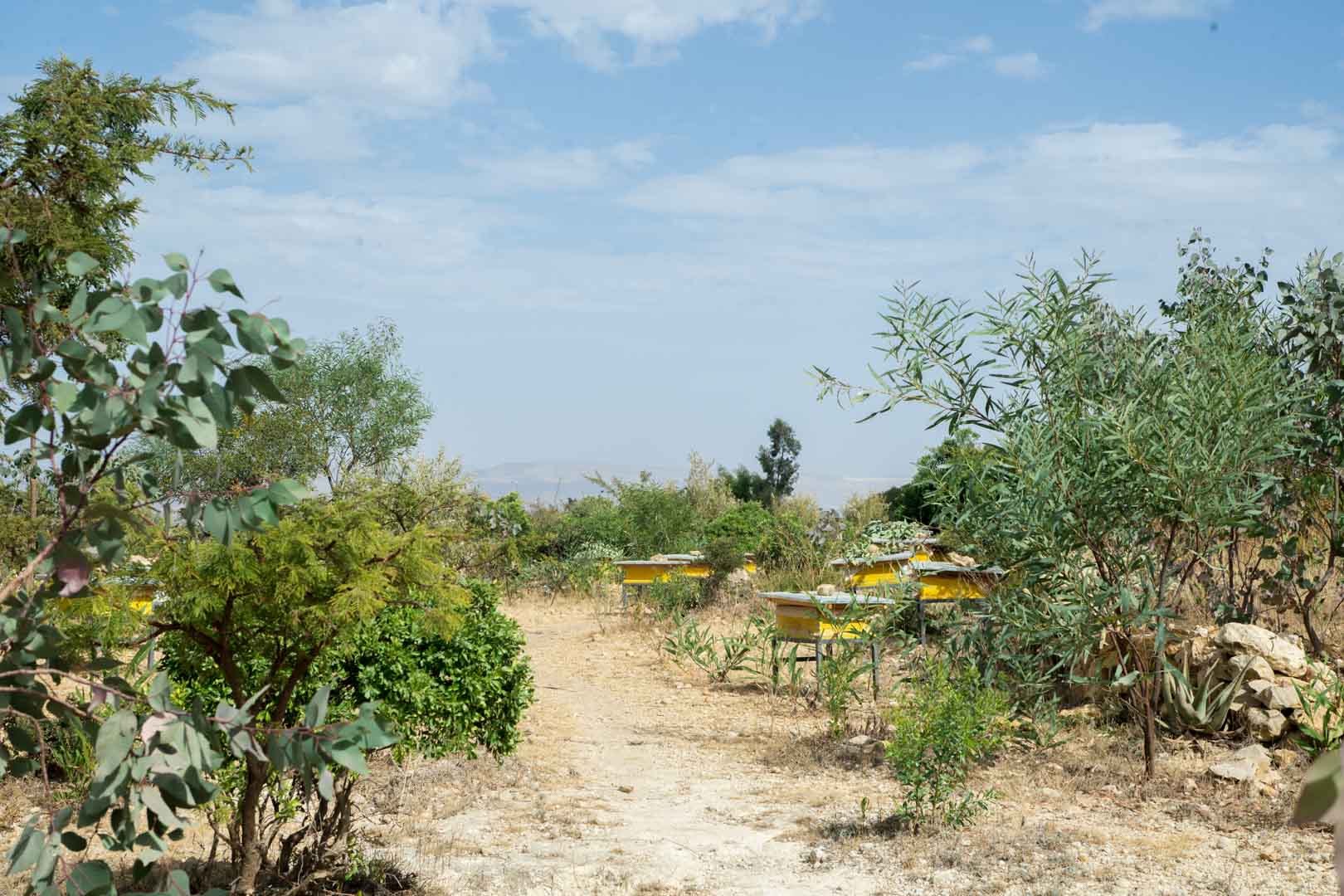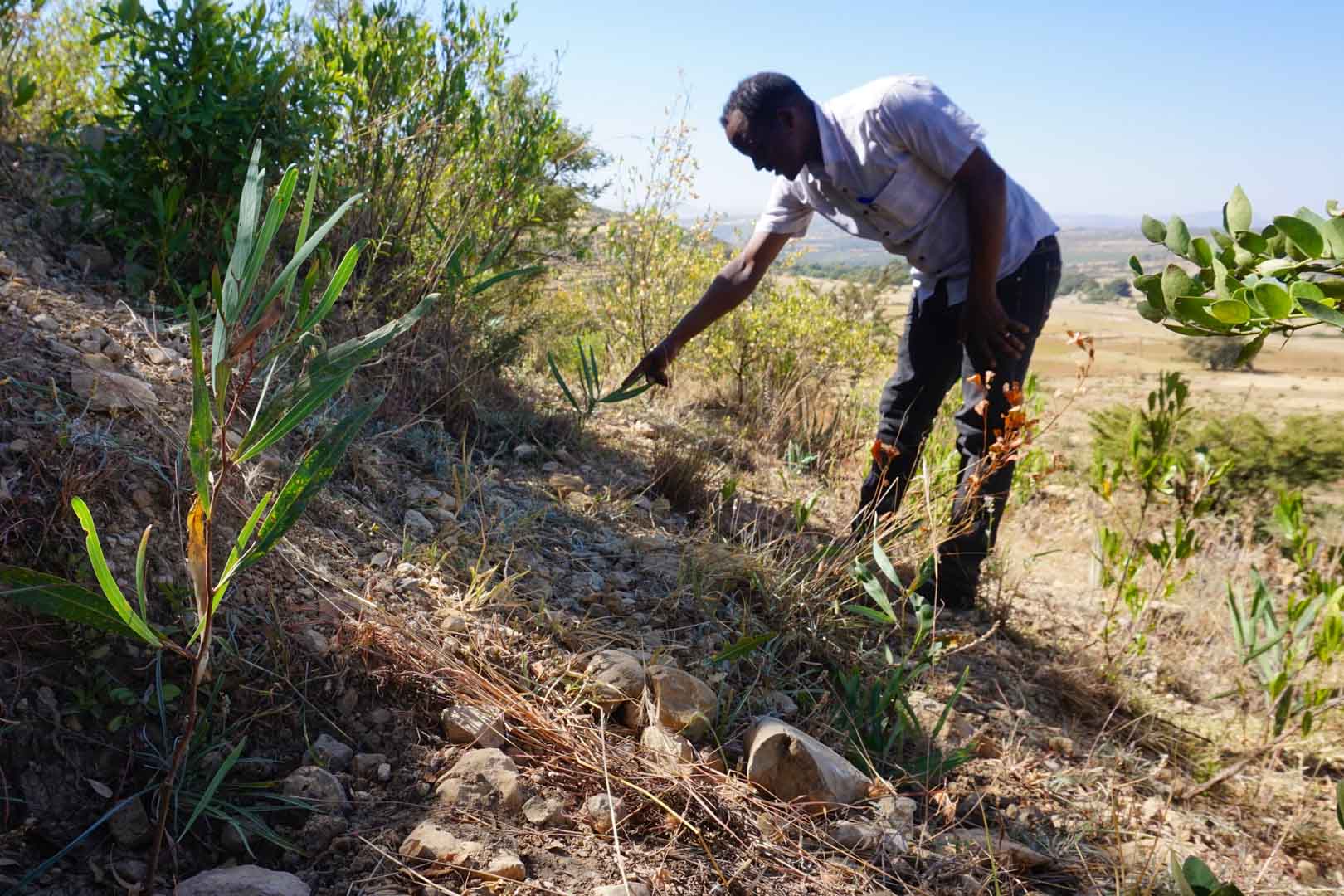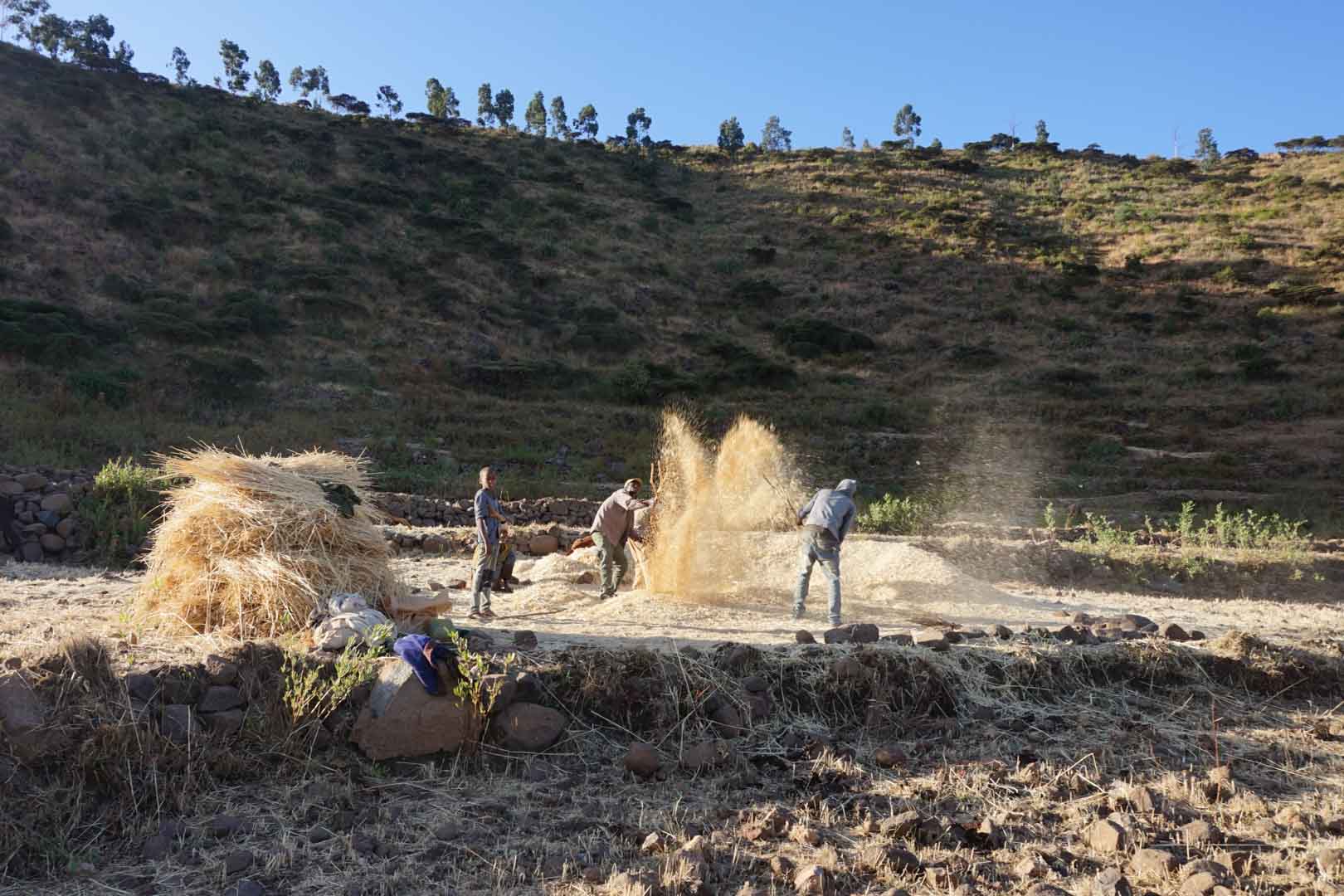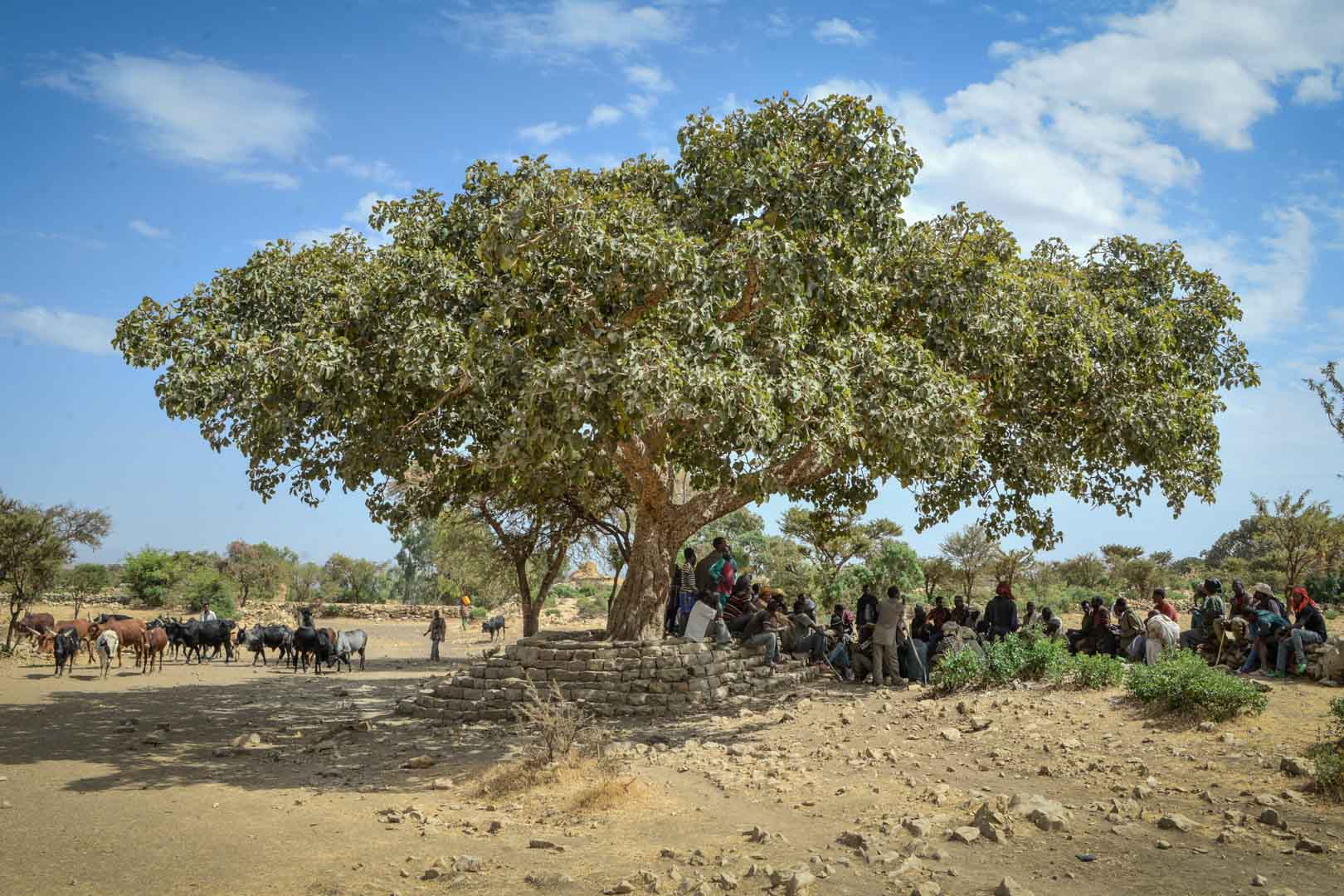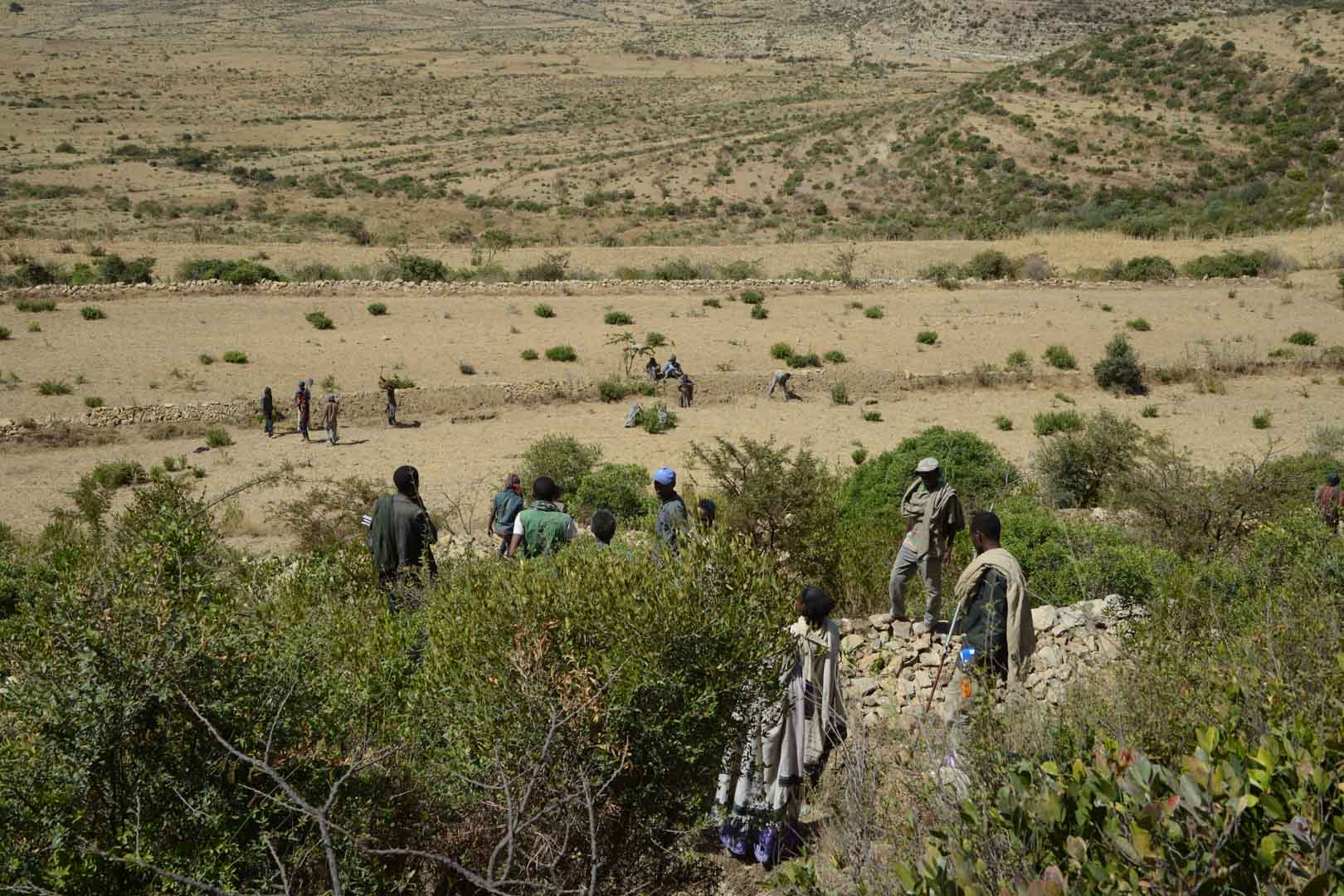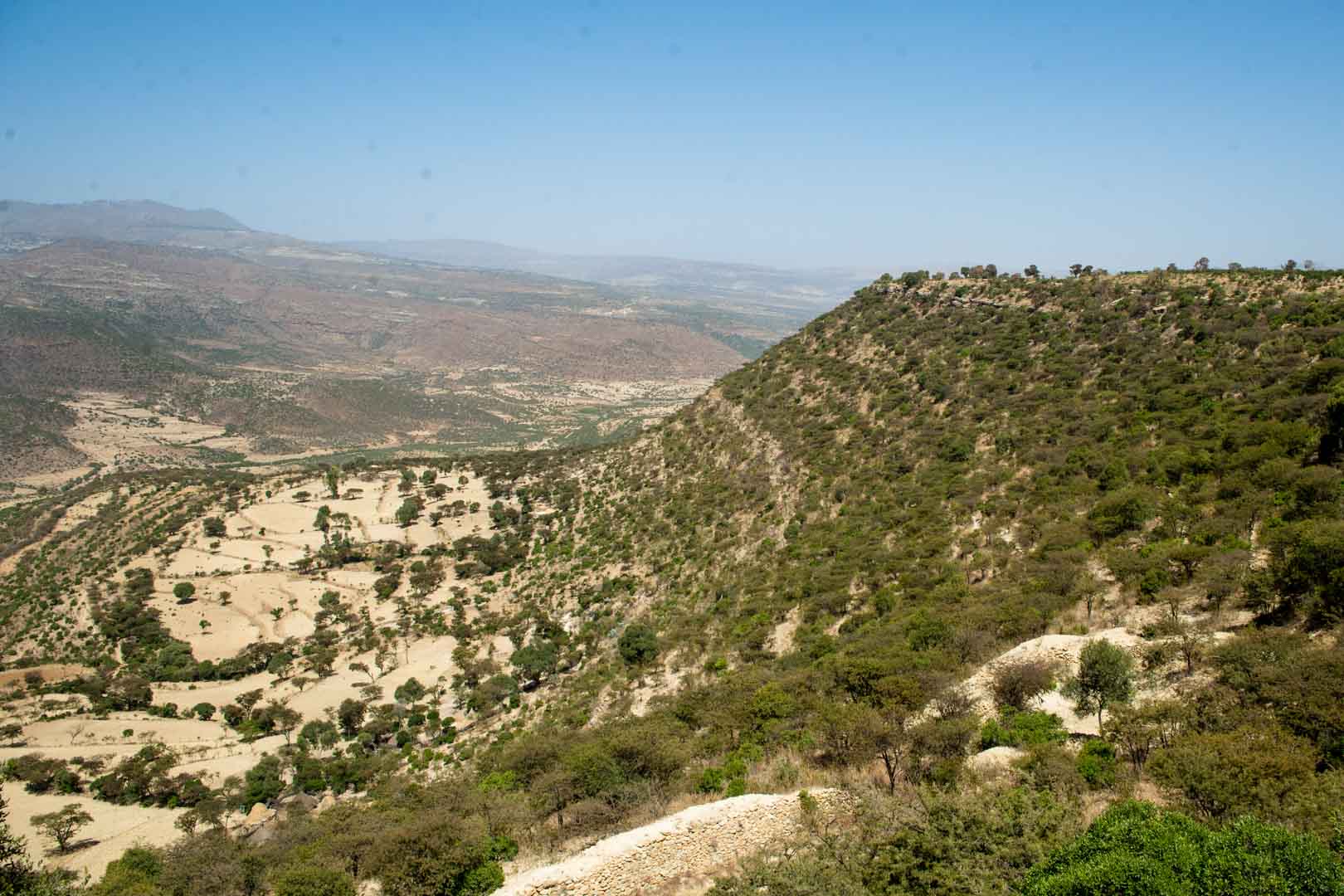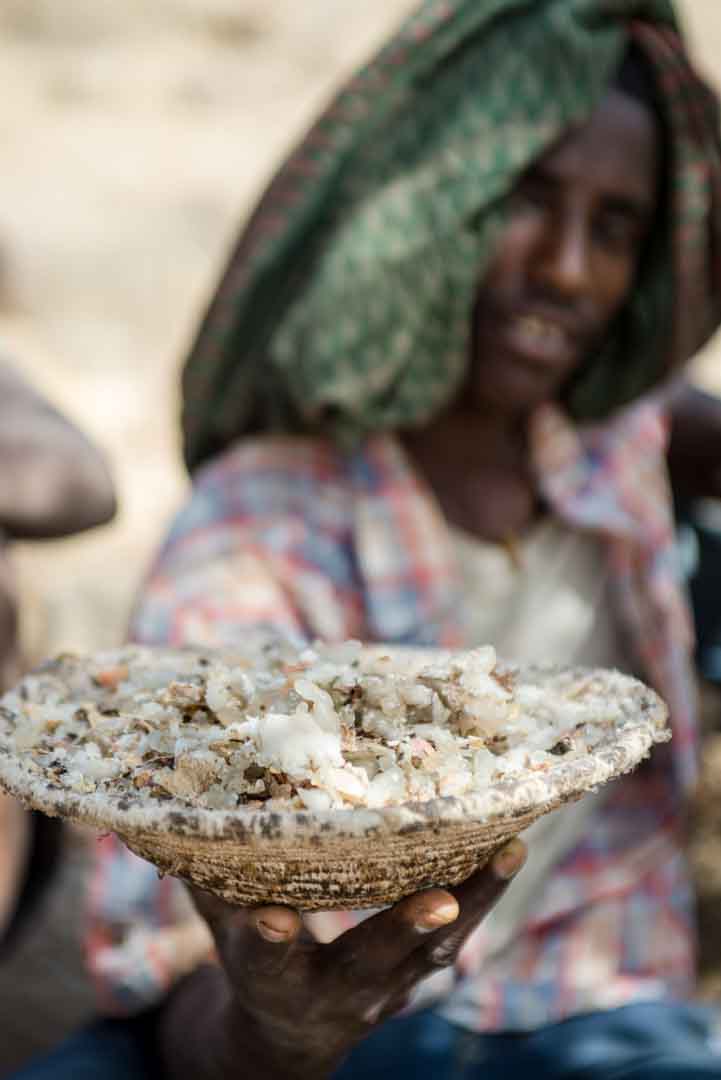Restored ecosystems remove carbon
The Ethiopian highlands are facing intense degradation, droughts and loss in biodiversity. In addition to the effects of climate change, Ethiopia has one of the highest rates of deforestation in the world. Between 2002 and 2023, the country lost around 20% of its tree cover (Global Forest Watch, n.d.).
That is why so-called "exclosures" have become increasingly important. In these areas, vegetation is being regenerated and protected. Livestock and uncontrolled woodcutting are excluded from these areas. The protected area is constantly being expanded: in 2016 it covered around 540 hectares, since 2023 it has extended to around 11,190 hectares. The more land is regenerated, the more CO2 can be stored in the vegetation and soil.
In addition, the project supports landless farmers in implementing soil and water conservation, enrichment planting, and applying improved management techniques. It also helps with installing distillation units for aromatic oil production and beehives for honey production. By building local capacities and providing free training on the sustainable use of these ecosystems, the rural household income for landless farmers is improved and community-wide benefits are created.

There is a wide range of approaches to regenerating forest landscapes: from self-regeneration, where native trees and plants grow back naturally, to active regeneration, where seedlings are grown and planted in the forest. In between these two approaches lies Assisted Natural Regeneration (ANR), which accelerates the natural regeneration of the forest.
The local population can support this drawing on traditional knowledge about nature and land. For example, firebreaks minimise the risk of forest fires, or native trees are given enough space by removing invasive grasses and shrubs.
Research from 2020 (World Resources Institute) shows that natural regeneration of forests can absorb 23 percent of global CO2 emissions each year. Thus, ANR climate projects represent a particularly promising and viable approach to climate action. The ANR projects in the ClimatePartner portfolio are registered with international standards.
Four criteria for projects to meet quality thresholds
The life cycle of a climate project
A climate project has a set life cycle consisting of various phases, from the feasibility assessment to the retirement of Verified Emission Reductions (VERs).The project developer reviews the general feasibility of the project, the project design, and the financing. Then, the Project Design Document (PDD) is prepared, which contains all the basic information about the project, such as the objective, location, timeline, and duration.
In this phase, independent auditors examine the PDD and the information it contains. This phase often also involves field visits with on-side interviews and analyses. Auditors are accredited, impartial assessors who have to be approved by the relevant standard as a validation and verification body (VVB). TÜV Nord/Süd, S&A Carbon LLC., and SCS Global Services are examples of VVBs."
Once validated, the project can be registered with a standard such as the Verified Carbon Standard or the Gold Standard. All high-quality climate projects are based on international standards. They provide the framework for project design, construction, carbon accounting, and monitoring. Recognised standards make the climate project system and the projects themselves resilient, traceable, and credible.
After the climate project has been registered, the monitoring begins. Here, the project developers monitor and document the data of the project activities and progress. The duration of the monitoring phase varies from project to project: it can cover two years, but documentation over five or seven years is also possible.
At the end of each monitoring phase, a VVB checks and assesses whether the values and project activities stated in the monitoring report are correct. As with validation, visits to the project site are often part of the verification process.
Once verified, the emission reductions that were confirmed in the verification phase can be issued as VERs. The steps of monitoring, verification, and issuance of VERs are repeated regularly and are therefore considered as a cycle.
Once a VER has been used, it must be retired. This process is also reflected in the registry. If the financing of a climate project is done through ClimatePartner, the VERs are bundled in a system certified by TÜV Austria and then retired on a regular basis. This ensures that each VER can no longer be sold and is only used once, preventing double counting.
Explore our projects
Biochar for Climate Action, Healthy Soils, and Better Harvests

A certified climate project combined with additional commitment

Expansion of renewable energy generation in Asia
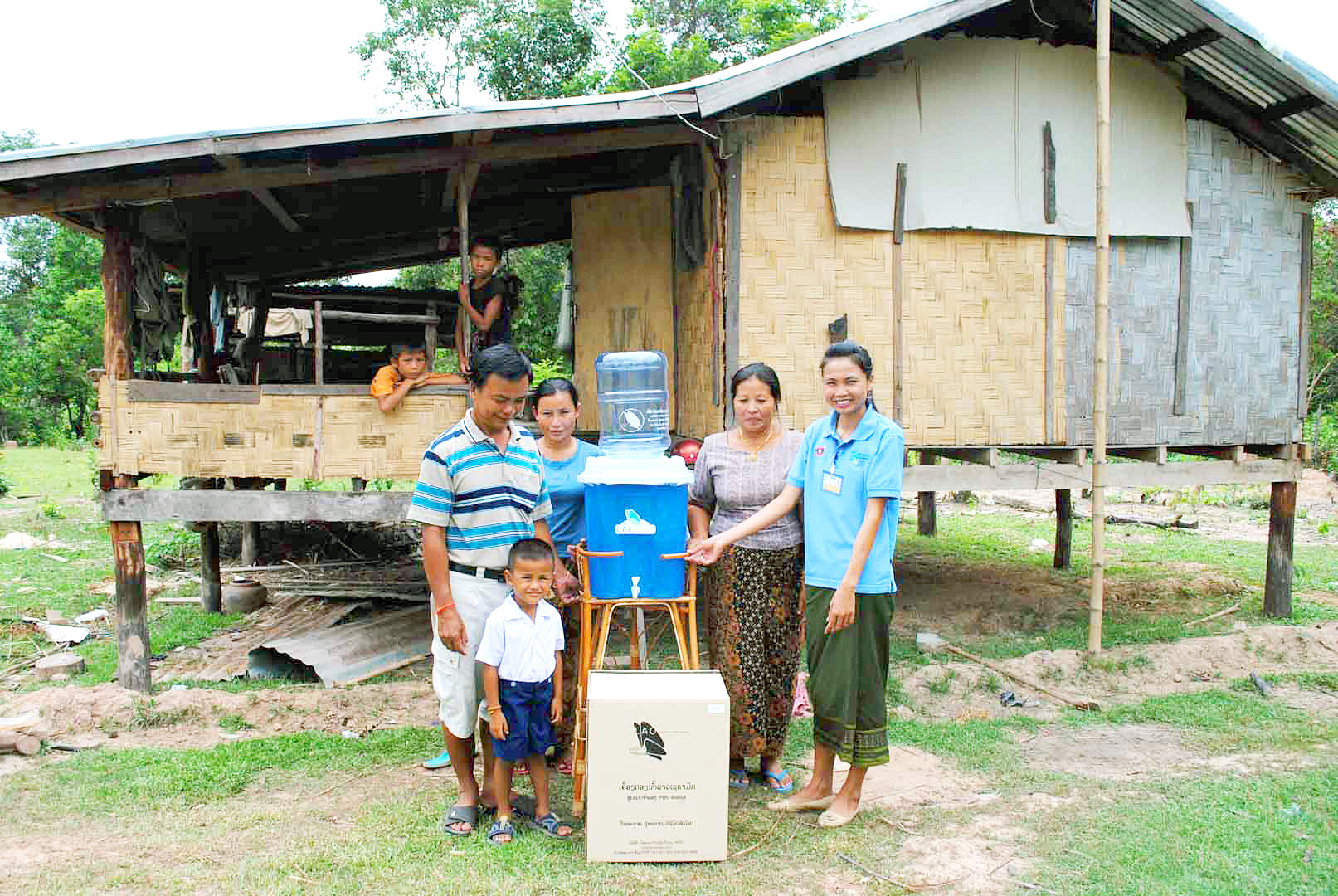
Ceramic water filters save CO2 and improve health
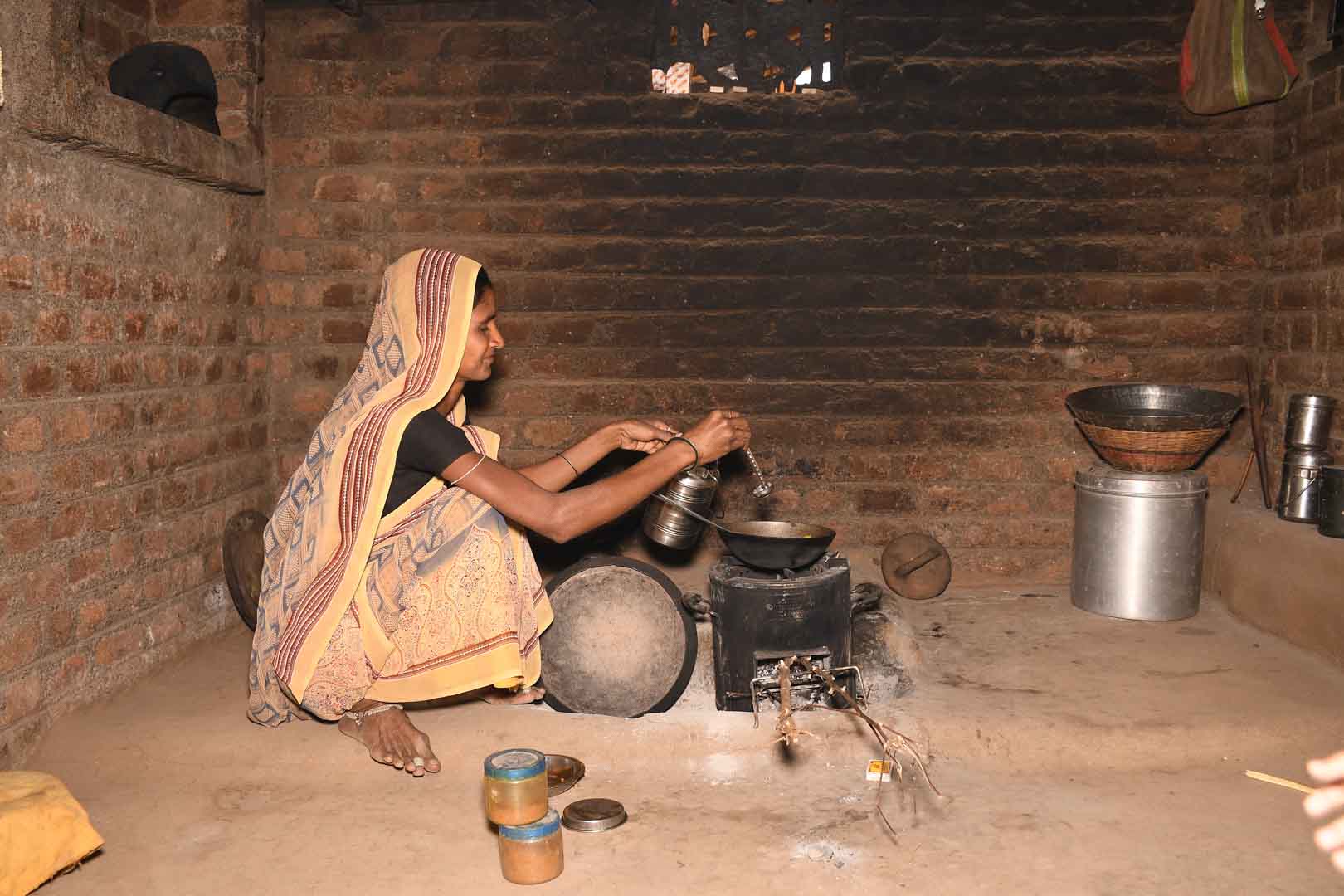
Improved cookstoves worldwide – for better health and cleaner air

A certified climate project combined with additional commitment
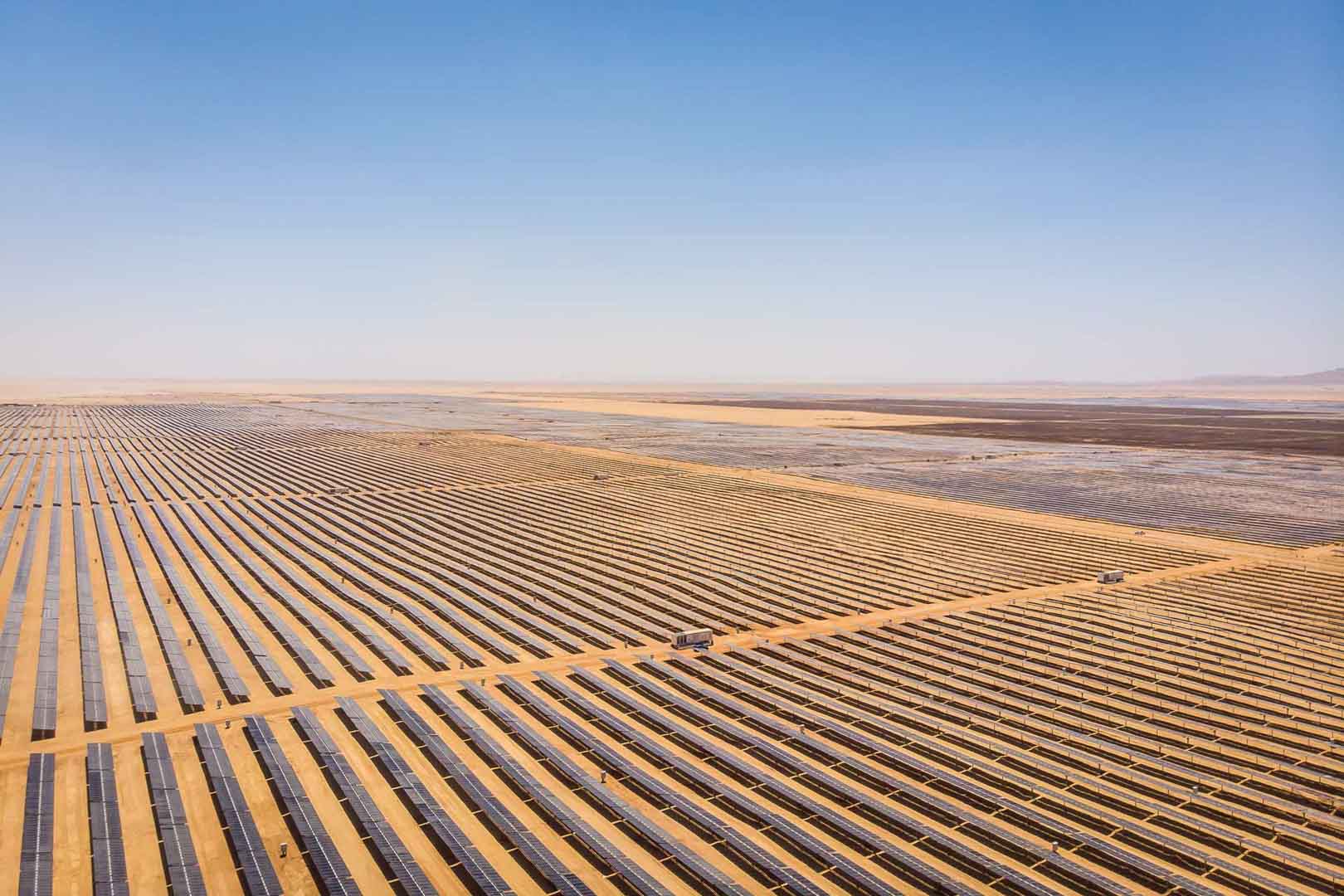
Powering access to renewable energy in Africa
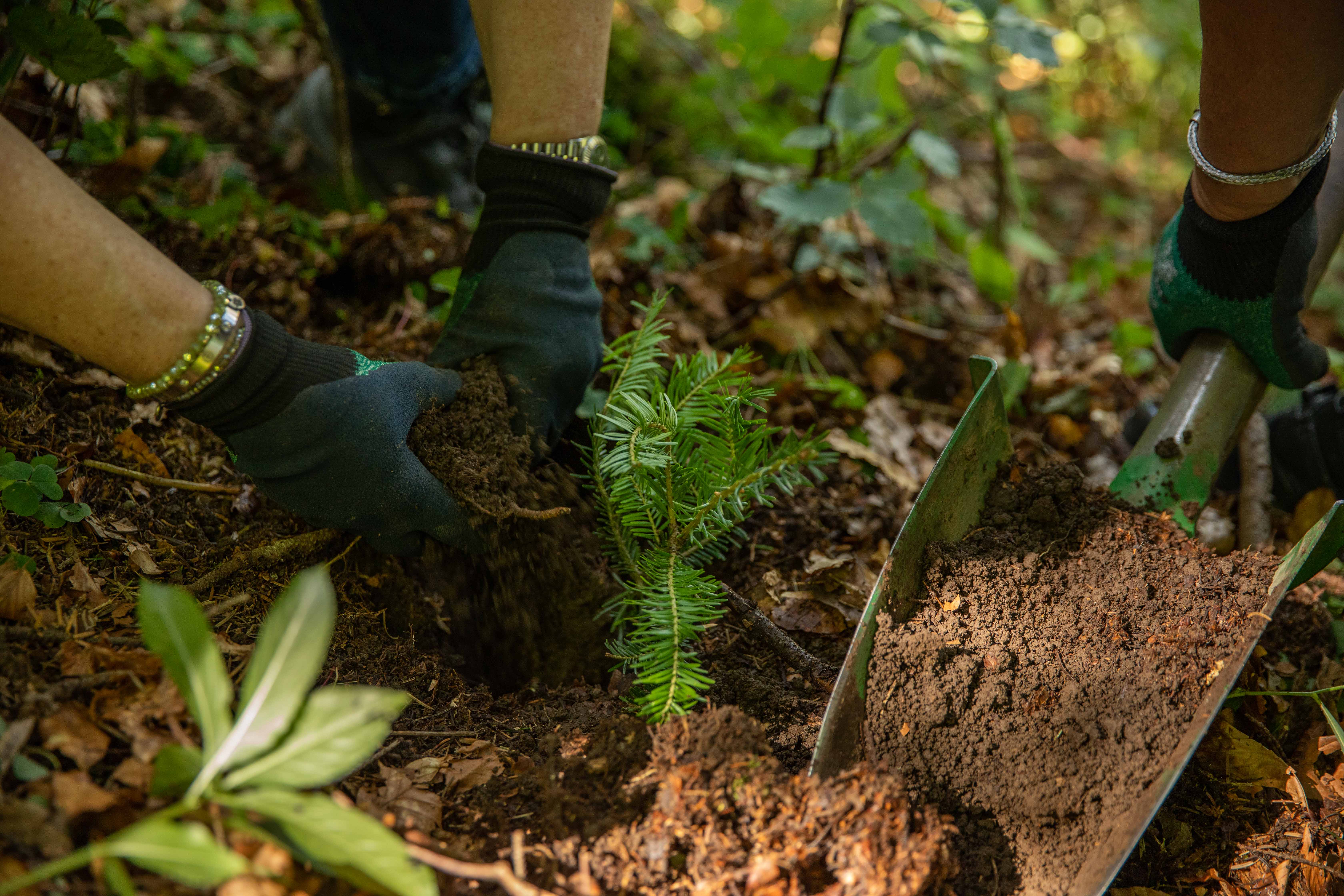
A certified climate project combined with additional commitment
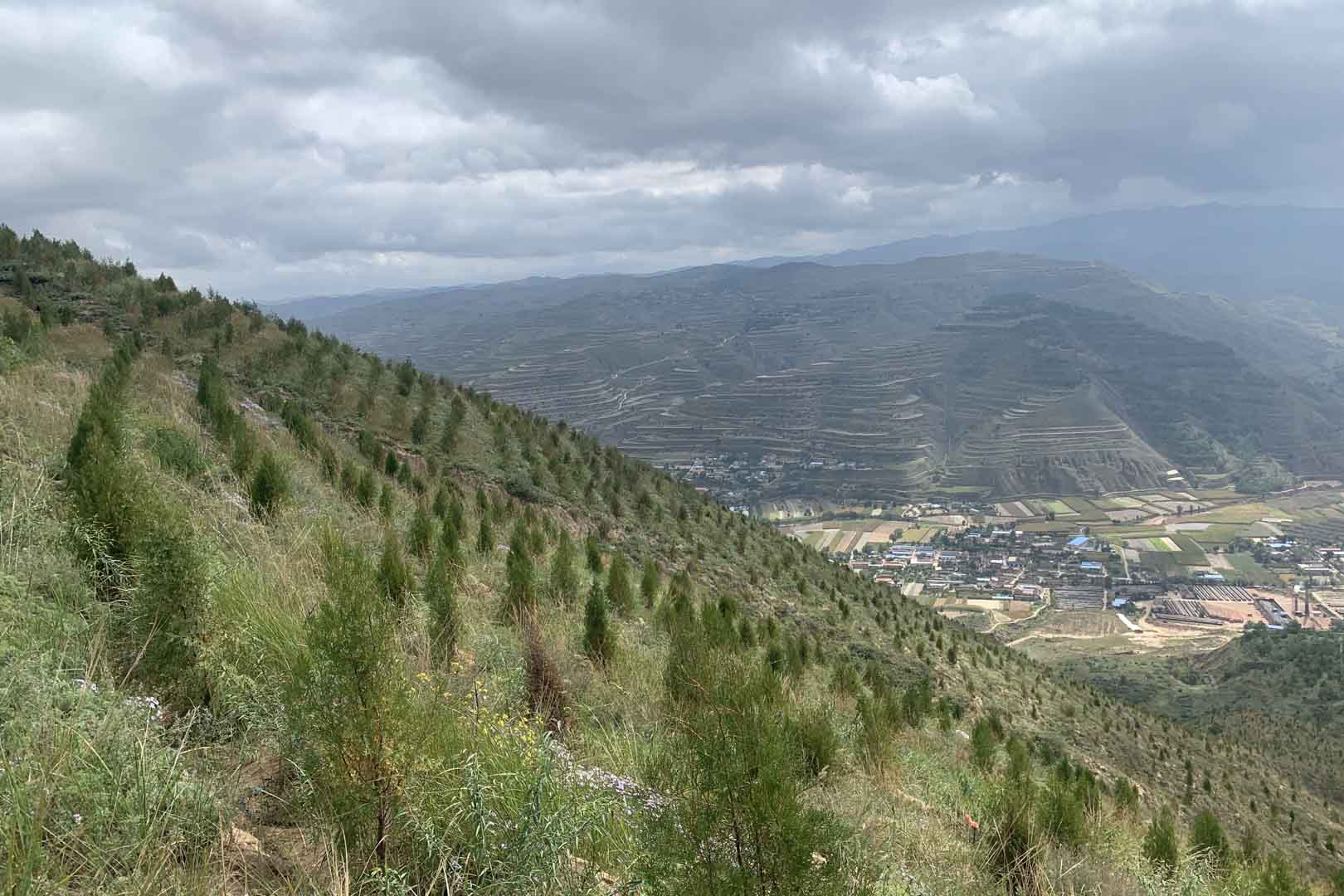
Turning degraded farmlands into healthy ecosystems
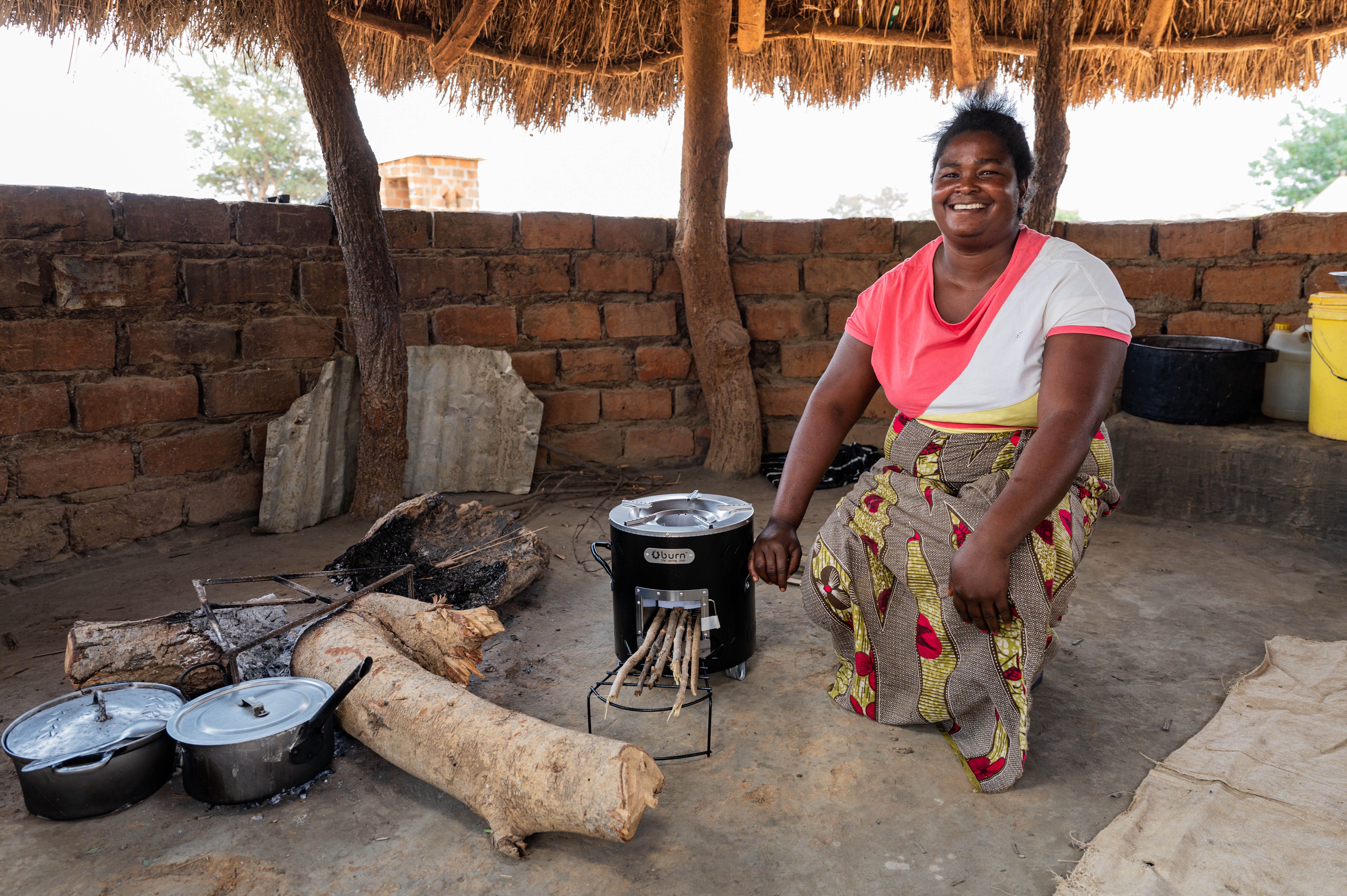
Improved cookstoves - better for health and the environment
